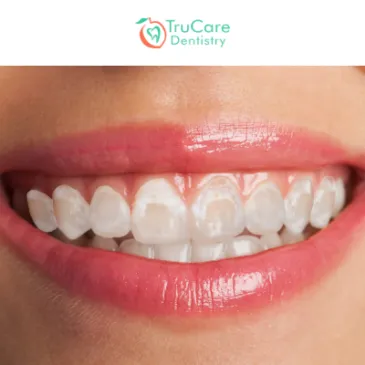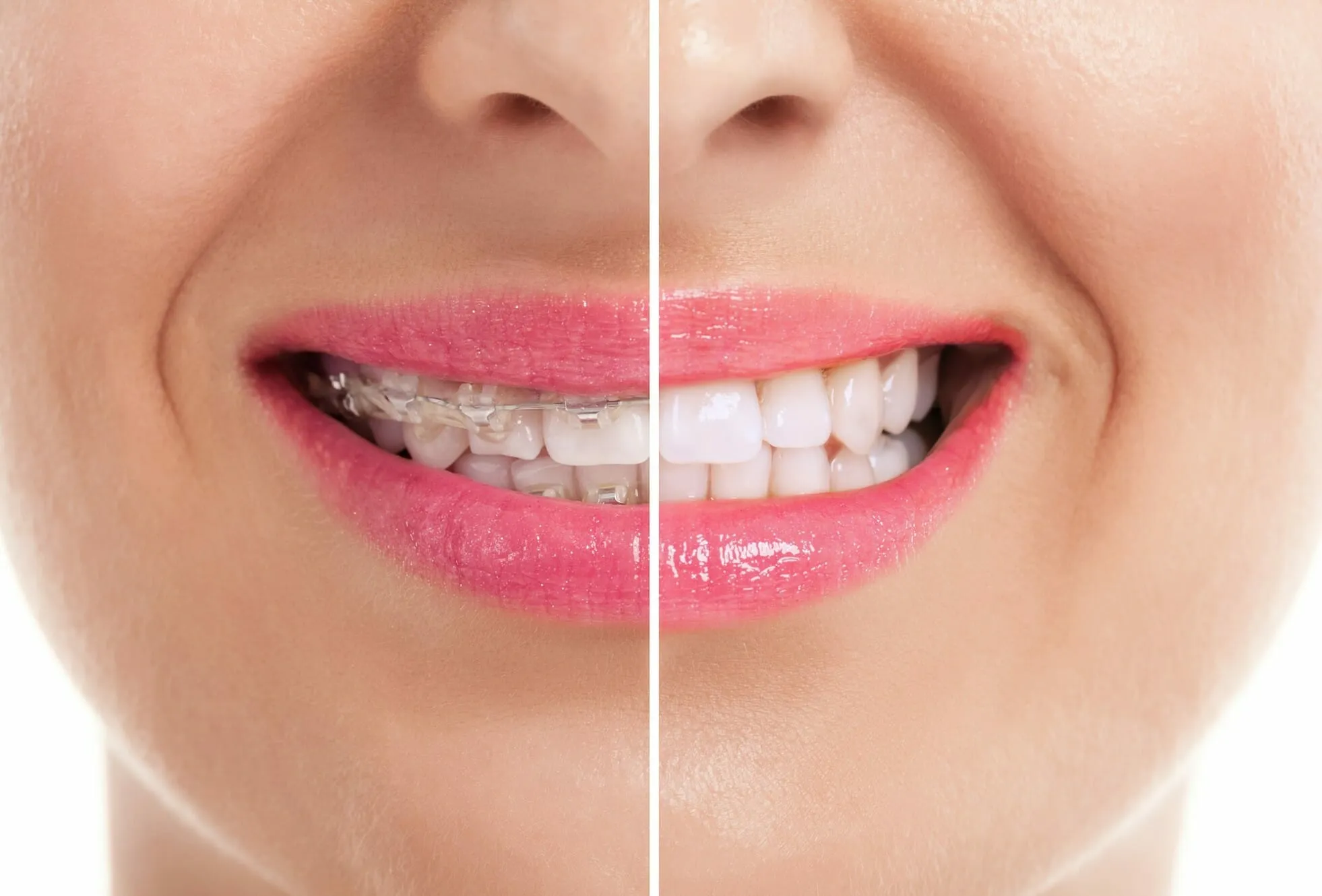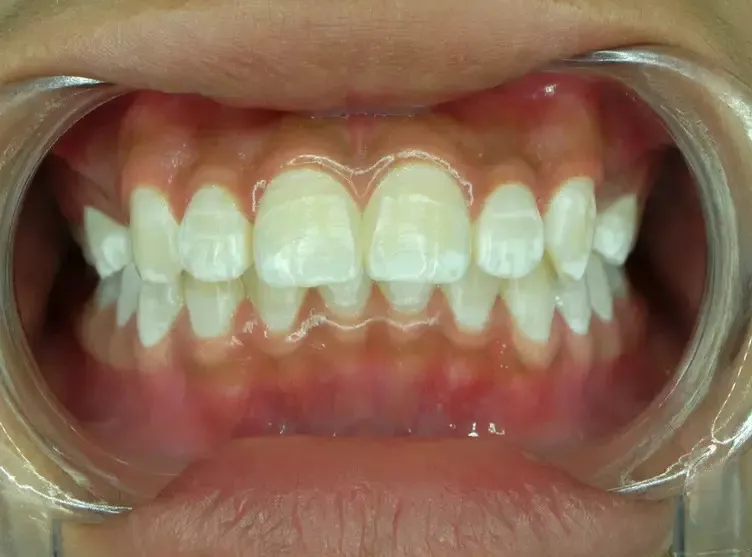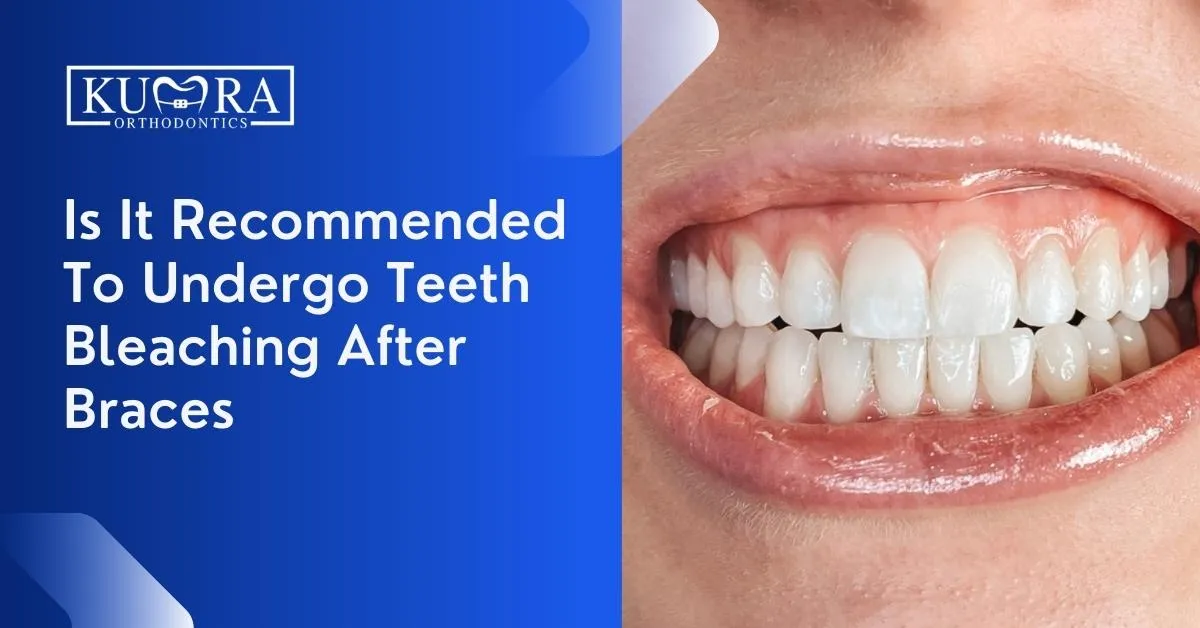Understanding Teeth Whitening and Braces
Teeth whitening and braces often go hand in hand, especially for individuals striving for a perfect smile. Braces are designed to straighten teeth, while teeth whitening aims to enhance the brightness and shade of your teeth. However, the presence of braces complicates the teeth whitening process. This is because braces create barriers and challenges that must be carefully considered. Understanding the basics of both teeth whitening and braces is essential for anyone looking to improve their smile’s appearance. Proper planning and knowledge ensure optimal results and a healthy, radiant smile at the end of treatment. This combination of treatments requires a well-thought-out approach to achieve the best possible outcome for your dental aesthetics.
How Braces Affect Teeth Whitening
Braces, while effective in aligning teeth, introduce complexities to the teeth whitening process. The brackets and wires of braces cover a significant portion of the tooth surface, preventing whitening agents from reaching all areas evenly. This can result in uneven whitening, where the areas covered by brackets remain darker than the surrounding enamel. Furthermore, the presence of braces makes it more difficult to maintain proper oral hygiene, which can lead to increased plaque buildup and staining. This combination of factors necessitates a strategic approach to teeth whitening during and after orthodontic treatment. Addressing these challenges helps to ensure that the teeth whitening process is effective and produces consistent, aesthetically pleasing results.
Staining Causes during Braces

Staining is a common concern for those wearing braces, and various factors contribute to this issue. The brackets and wires of braces create more surfaces for food particles and bacteria to accumulate. Foods and drinks high in staining agents, such as coffee, tea, red wine, and certain foods with strong colors, can easily stain the enamel around the brackets. Poor oral hygiene exacerbates the problem, as inadequate brushing and flossing allow plaque and tartar to build up, trapping stains. Certain habits, such as smoking or chewing tobacco, can also severely stain teeth. Therefore, adopting a comprehensive oral hygiene routine and being mindful of dietary choices are crucial in preventing and minimizing staining during braces treatment. Regular dental check-ups also help in identifying and addressing staining issues early.
Top 7 Facts about Teeth Whitening with Braces
Fact 1 The Timing of Whitening
The best time to whiten your teeth is typically after your braces are removed. Whitening during treatment can lead to uneven results because the braces prevent the whitening agent from reaching the entire tooth surface. While some whitening methods are available during treatment, they require extra care and may not be as effective. Most dentists recommend waiting until after the braces are off to achieve the most consistent and satisfying results. This timing allows for a comprehensive whitening treatment that targets the entire tooth surface, ensuring a brighter, more uniform smile. Proper timing ensures a beautiful, consistent outcome once the braces are removed, providing optimal results from your teeth whitening efforts.
Fact 2 Whitening Methods for Braces Wearers

While waiting until after braces removal is usually recommended, there are methods for whitening teeth during treatment. Some dentists offer whitening treatments specifically designed for braces wearers, such as custom trays that fit around the brackets. These methods require extra care to ensure even application and to prevent sensitivity. It is crucial to consult your orthodontist or dentist to determine the most suitable and safe whitening option for your situation. Avoid using over-the-counter whitening products without professional guidance, as they can be ineffective or even harmful when used with braces. Professional supervision is essential to protect your teeth and achieve the best possible whitening outcome during your orthodontic treatment.
Fact 3 Whitening Products to Avoid
When wearing braces, certain whitening products should be avoided to prevent adverse effects. Products containing harsh chemicals or abrasives can damage the enamel and increase tooth sensitivity. Over-the-counter whitening strips and gels may not be effective and can lead to uneven whitening due to the presence of braces. Additionally, avoid using products that have not been approved or recommended by your dentist, as they might contain harmful ingredients. Always consult with your dental professional to ensure the products you choose are safe and suitable for your specific needs. This will help maintain the health and appearance of your teeth throughout your orthodontic journey.
Fact 4 Maintaining Oral Hygiene
Maintaining impeccable oral hygiene is paramount when wearing braces. This includes brushing your teeth at least twice a day with a fluoride toothpaste and flossing thoroughly to remove food particles and plaque from around the brackets and wires. Consider using an interdental brush or water flosser to clean hard-to-reach areas. Regular dental check-ups and cleanings are also essential to prevent the buildup of plaque and tartar. By adhering to a strict oral hygiene routine, you can minimize staining, prevent cavities, and maintain healthier teeth and gums throughout your braces treatment. Proper care will ensure a smooth transition to teeth whitening after braces removal.
Fact 5 Managing Expectations

Managing your expectations is crucial when considering teeth whitening with braces. It’s essential to understand that whitening results may vary depending on individual factors such as tooth enamel, the severity of staining, and the type of whitening method used. During your treatment, there may be limitations to how much you can whiten your teeth, with the best results often achieved after the braces are removed. Consulting with your dentist or orthodontist to set realistic expectations is key. They can provide information on what to expect from whitening treatments and help you understand the best approach to achieve your desired results. Be patient and consistent with your oral care routine for optimal outcomes.
Fact 6 Professional Whitening Options
Professional teeth whitening offers several advantages over over-the-counter methods, especially when dealing with braces. Dentists can use higher concentrations of whitening agents, ensuring more effective and faster results. They also have the expertise to monitor your progress and adjust the treatment accordingly. Professional whitening procedures may include in-office treatments, which are performed by your dentist, or custom-fitted trays to use at home. Consulting your dentist for professional whitening ensures safe and efficient treatments that are tailored to your unique needs, and can achieve a brighter, more even smile post-braces. The guidance of a professional ensures the best outcome and minimizes the risk of complications.
Fact 7 Post-Braces Whitening
Post-braces whitening is often the most effective approach to achieving a bright, even smile. Once the braces are removed, your dentist can perform a comprehensive whitening treatment, ensuring that all tooth surfaces are exposed to the whitening agent. This usually involves professional in-office whitening sessions or custom-fitted trays for home use. After braces, your dentist can address any uneven staining that may have occurred during treatment. Following the recommended post-whitening care, like avoiding staining foods and drinks, will help to maintain your newly whitened smile. This final step maximizes the benefits of your orthodontic treatment, giving you the radiant smile you have always desired.
Tips for Effective Teeth Whitening with Braces

To maximize the effectiveness of teeth whitening with braces, consider these tips. First, maintain a strict oral hygiene routine, brushing thoroughly and flossing daily. Second, limit your intake of staining foods and drinks, such as coffee, tea, and red wine. Third, consult your dentist or orthodontist to determine the best whitening method for your specific situation. They may recommend professional treatments or provide guidance on using over-the-counter products safely. Fourth, be patient and consistent with your efforts, as it may take some time to achieve the desired results. Following these tips will help you achieve a brighter, more confident smile. Proactive steps improve your chances of a successful whitening outcome.
Maintaining a Bright Smile During and After Braces
Maintaining a bright smile during and after braces requires a proactive approach. During braces treatment, focus on meticulous oral hygiene and regular dental check-ups. After the braces are removed, consider professional teeth whitening to achieve your desired results. Continue to practice good oral hygiene habits, including regular brushing, flossing, and professional cleanings. Be mindful of staining foods and drinks and limit your consumption to maintain your bright smile. Regularly consult with your dentist for advice and maintenance tips. Consistent care and attention to your oral health will help you enjoy a beautiful, confident smile for years to come, reinforcing the investment made in your dental health.
